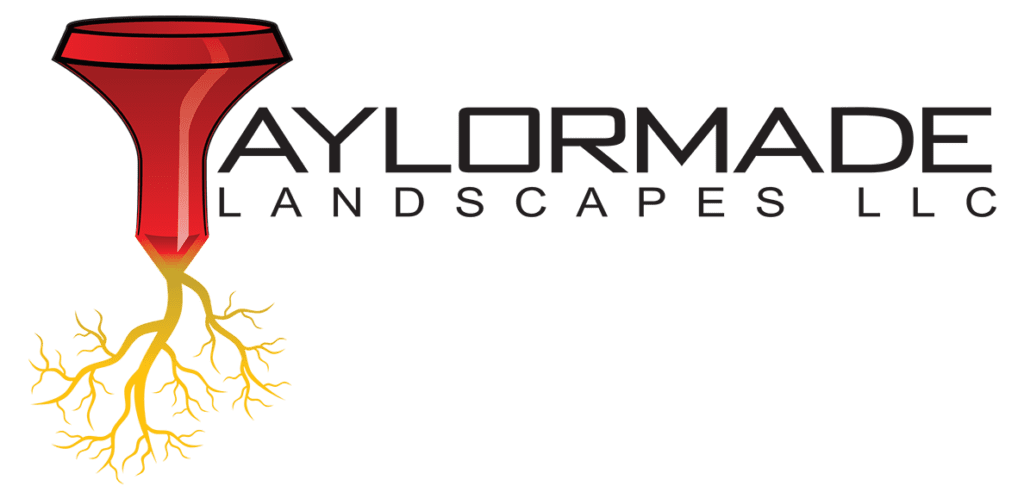As outdoor living spaces continue to evolve, hardscaping has become an integral component in both residential and commercial landscaping. From patios and walkways to retaining walls and outdoor kitchens, the design and execution of hardscape projects add aesthetic appeal, provide functional outdoor spaces, and significantly increase property value. However, embarking on a hardscape project goes beyond mere installation; it requires careful planning, execution, and ultimately, a clear understanding of how to measure its success. As we look toward 2025, property owners and landscape enthusiasts alike must consider various metrics and key performance indicators to evaluate the effectiveness of their hardscape undertakings.
Measuring the success of a hardscape project involves a multifaceted approach that encompasses both qualitative and quantitative assessments. It is essential to establish concrete objectives prior to the project’s inception, detailing what success looks like for your specific outdoor space. Is the aim to enhance curb appeal, increase usability for family gatherings, or perhaps boost the property’s value for future resale? By setting measurable goals, you can later assess outcomes against your initial expectations. Furthermore, the assessment of success extends beyond the installation phase—ongoing maintenance, durability over time, and the emotional satisfaction of the space’s end users all contribute to the overall effectiveness of the project.
In preparing for the future, recognizing the evolving trends in landscaping and hardscaping will also be critical to measuring success. As sustainability takes center stage, incorporating eco-friendly materials and practices may become essential benchmarks of a successful project by 2025. Additionally, advances in technology offer innovative tools and techniques for both planning and evaluating hardscape projects, enabling homeowners to leverage data-driven insights when assessing their investments. This article will delve into the various methods and criteria that can be utilized to measure the success of your hardscape project, ensuring that your outdoor investments not only meet current standards but also stand the test of time as design sensibilities and environmental expectations continue to progress.
Criteria for Defining Success in Hardscape Projects
Defining success in hardscape projects involves a multi-faceted approach that encompasses aesthetic appeal, functionality, durability, and cost-effectiveness. Each of these criteria plays a vital role in determining whether a hardscape installation meets its intended purpose and expectations. Aesthetically, the project should enhance the overall visual appeal of the outdoor space, blending harmoniously with the existing landscape and architecture. This can be achieved through careful selection of materials, colors, and designs that resonate with the intended style and purpose of the area.
Functionality is another critical criterion. The hardscape must serve its intended use, whether it’s creating a patio for social gatherings, a pathway for easy navigation, or retaining walls for landscaping purposes. The effectiveness of these features can be measured by how well they facilitate movement, usability, and engagement within the outdoor space. Durability, which refers to the ability of the hardscape to withstand environmental factors and wear over time, is essential for long-term satisfaction and maintenance considerations. This aspect can be measured by the materials chosen and the quality of installation, which should lend itself to reduced repairs and upkeep.
Lastly, cost-effectiveness evaluates whether the project delivers value in relation to its financial investment. This encompasses not only the initial costs but also long-term maintenance expenses and the potential for increasing property value. Success can be underscored by the project staying within budget while achieving the desired outcomes; therefore, clear financial planning and transparency throughout the project are paramount.
To measure the success of your hardscape project by 2025, start by establishing concrete goals based on the aforementioned criteria. Set measurable benchmarks, such as aesthetically pleasing design ratings, usage frequency surveys for functional areas, and durability tests to assess how well materials hold up over time against wear-and-tear. Client feedback should also be actively solicited through surveys or interviews to gauge satisfaction levels. Incorporating performance indicators and evaluating ROI will provide a comprehensive overview of how successful your hardscape project has been, allowing for adjustments and improvements in future projects. By continuously tracking these metrics, you can ensure your hardscape project not only meets but exceeds expectations over the years.
Key Performance Indicators (KPIs) for Hardscape Measurements
When undertaking a hardscape project, defining success is essential for guiding efforts, resource allocation, and assessing final outcomes. One of the most effective tools for evaluating these initiatives is the use of Key Performance Indicators (KPIs). KPIs are quantifiable measures that help gauge the performance of specific aspects of a project, allowing stakeholders to monitor progress and identify areas for improvement. In the context of hardscape projects, several KPIs can be meticulously defined and tailored to project goals.
One crucial KPI in hardscape projects is the adherence to the project timeline. Timeliness directly influences customer satisfaction and project costs. By establishing a clear schedule with milestones, KPIs can track whether each phase of the installation meets established deadlines. Another important KPI is budget adherence. Keeping the project within budget is vital for evaluating financial success and overall project health. Tracking actual spending against the budget allows project managers to identify potential overruns early and implement corrective measures promptly.
Additionally, the durability and quality of the materials used in hardscaping are also essential KPIs. This includes monitoring wear and tear over time and identifying any issues with deterioration. By periodically reviewing the condition of installed materials, stakeholders can assess whether the hardscape is performing as expected. Environmental impact can also serve as a relevant KPI; measuring the ecological footprint of hardscape materials and installation practices helps ensure that the project aligns with sustainable practices.
To accurately measure the success of a hardscape project by 2025, it’s important to establish baseline data for these KPIs at the project’s initiation. Regular monitoring and adjustments during the project lifecycle will provide actionable insights. Client feedback and post-project evaluations should play a significant role as well, integrating both qualitative and quantitative measures that contribute to comprehensive performance assessments. By employing KPIs that encompass various dimensions of project execution and impact, stakeholders can ensure that their hardscape projects are successful in meeting both immediate goals and long-term expectations by the designated timeline.
Post-Completion Evaluation Techniques
Post-completion evaluation techniques are essential for assessing the effectiveness and quality of hardscape projects once they have been finalized. These techniques involve a systematic approach to review all aspects of the project, ensuring that objectives were met and identifying areas for improvement in future initiatives. One of the primary methods used in this evaluation is the visual inspection of the hardscape features, including patios, walkways, retaining walls, and other elements. This helps in assessing the durability, appearance, and overall integration of the hardscape within the surrounding landscape.
Another critical technique involves collecting feedback from stakeholders, including clients, contractors, and landscape architects. Gathering this feedback allows project managers to understand user experience and satisfaction levels, which are vital for determining if the hardscape meets its intended functional and aesthetic purposes. Surveys and interviews can be instrumental in collecting qualitative data, offering insights into how well the hardscape serves its purpose and whether it aligns with the initial vision of the project.
Additionally, the evaluation can include a performance assessment based on established Key Performance Indicators (KPIs), which can be tracked against the project’s objectives over time. KPIs might include factors like the rate of erosion in paved areas, the frequency of needed repairs, and the ongoing maintenance costs associated with the hardscape. Data analysis tools may also be employed to assess the project’s longevity and usability, providing quantitative metrics to complement qualitative feedback.
To measure the success of a hardscape project by 2025, it is crucial to align the evaluation techniques with both immediate and long-term goals. Establishing a timeline for periodic reassessment—every six months or annually—can help capture changes in performance and stakeholder satisfaction over time. It’s equally important to document lessons learned and best practices derived from the evaluations, as these insights can guide future hardscape projects toward greater success and client happiness. The combination of visual inspections, stakeholder feedback, performance metrics, and ongoing assessments will ensure comprehensive evaluations yield actionable insights that foster successful hardscape projects well into the future.
Client Satisfaction and Feedback Metrics
Client satisfaction and feedback metrics are vital components of evaluating the success of hardscape projects. These metrics encompass a range of qualitative and quantitative assessments that gather the opinions and experiences of clients regarding the completed work. They enable contractors, designers, and project managers to understand how well the project met the expectations and needs of the client. Common methods for collecting feedback include surveys, interviews, and follow-up meetings, and they provide critical insights on areas such as aesthetics, functionality, and overall project execution.
To effectively measure client satisfaction, it is essential to establish clear parameters before the project begins. This can involve discussing the client’s vision, preferences, and specific requirements for the hardscape design. Establishing benchmarks at the onset allows for comparative analysis after project completion. Additionally, regular communication throughout the project delivery can serve as a feedback mechanism to ensure alignment with the client’s vision, thus positively impacting their satisfaction.
Once the hardscape project is completed, obtaining structured feedback is crucial. Surveys can be designed to assess various aspects, including the quality of materials, craftsmanship, adherence to timelines, and whether the end result met the client’s expectations. Collecting this data will help identify trends and areas for improvement. For example, if multiple clients express dissatisfaction with certain materials, it can guide future selections or design choices in subsequent projects. Furthermore, positive feedback can be a powerful marketing tool when showcasing past successes to potential clients.
To measure the success of hardscape projects by 2025, focus on setting up a comprehensive feedback loop that encompasses not only post-completion satisfaction but also continuous monitoring of client relationships. Building a database of client testimonials and case studies can help refine processes and improve engagement strategies. Involve clients in follow-up consultations to assess the long-term performance of hardscapes, helping ensure they remain satisfied even years after completion. Regularly updated feedback metrics will not only track immediate results but also provide a trajectory for ongoing improvements and innovations within hardscape projects, ultimately leading to greater client loyalty and business growth.
Return on Investment (ROI) Analysis for Hardscape Projects
Return on Investment (ROI) analysis is a critical component in evaluating the success of hardscape projects. It serves as a financial yardstick that helps project managers and stakeholders determine the profitability and effectiveness of their investments. For a hardscape project, which may include installations such as patios, walkways, retaining walls, and other outdoor structures, the ROI calculation typically involves comparing the costs incurred with the benefits realized from the project. These benefits can be monetary gains such as increased property value and aesthetic appeal, but can also include intangible gains like improved functionality and client satisfaction.
To effectively analyze ROI in hardscape projects, start by clearly defining the total costs involved. This includes labor, materials, design, permits, and any ongoing maintenance expenses associated with the project. Once the total costs are established, project managers should quantify the benefits derived from the hardscape installation. These benefits may consist of enhancements in property value, decreased maintenance costs, and improved property aesthetics that lead to increased occupancy rates or higher rental income for investment properties.
By 2025, measuring the success of a hardscape project through ROI analysis will require evaluating the long-term effects of the investment. It may be beneficial to gather data over a period of time—ideally several months to a couple of years post-completion—ensuring a thorough assessment that accounts for market fluctuations and changing client needs. To further enrich this analysis, incorporating comparative studies with similar properties that have undergone hardscaping can lend valuable context to the financial benefits realized. Additionally, depending on the project scope, consider employing modern tools or software that can help visualize and track ROI metrics effectively over time.
In summary, returning to the critical aspects of ROI analysis involves meticulous tracking of both costs and benefits that directly stem from the hardscape project. Setting clear benchmarks and expectations ahead of time will facilitate a more nuanced understanding of what defines success for the project. Engaging with clients for their perceptions and adjustments post-project can lead to additional insights, ultimately guiding better decision-making processes for future hardscape endeavors. With systematic ROI evaluation, stakeholders can ensure that their projects not only meet immediate objectives but also add enduring value well into the future.



